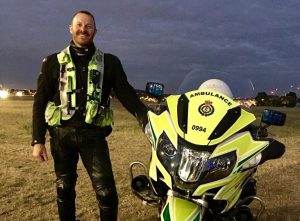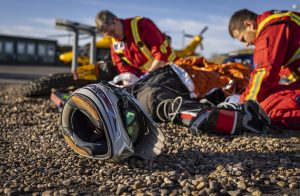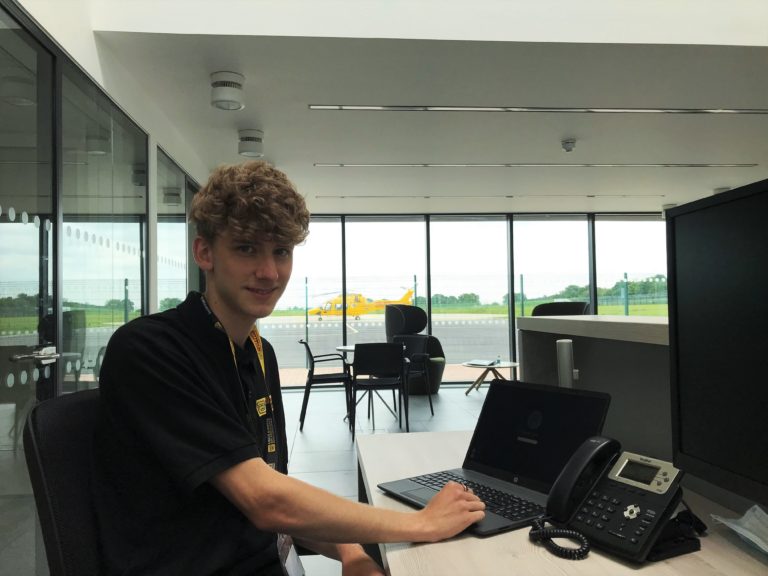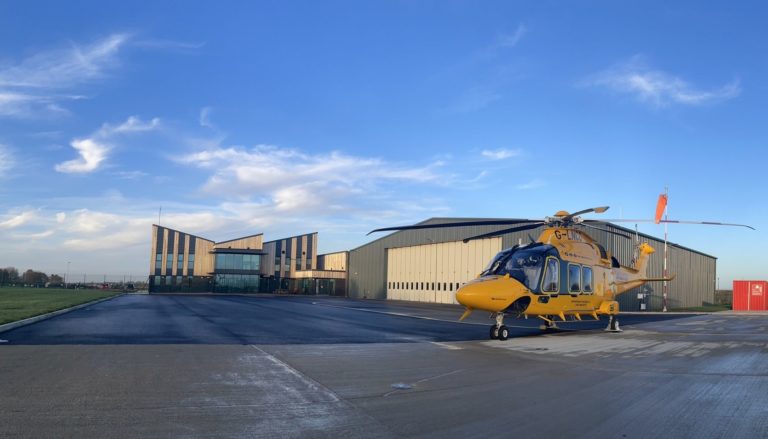A paramedic’s blog – the experience of riding motorbikes
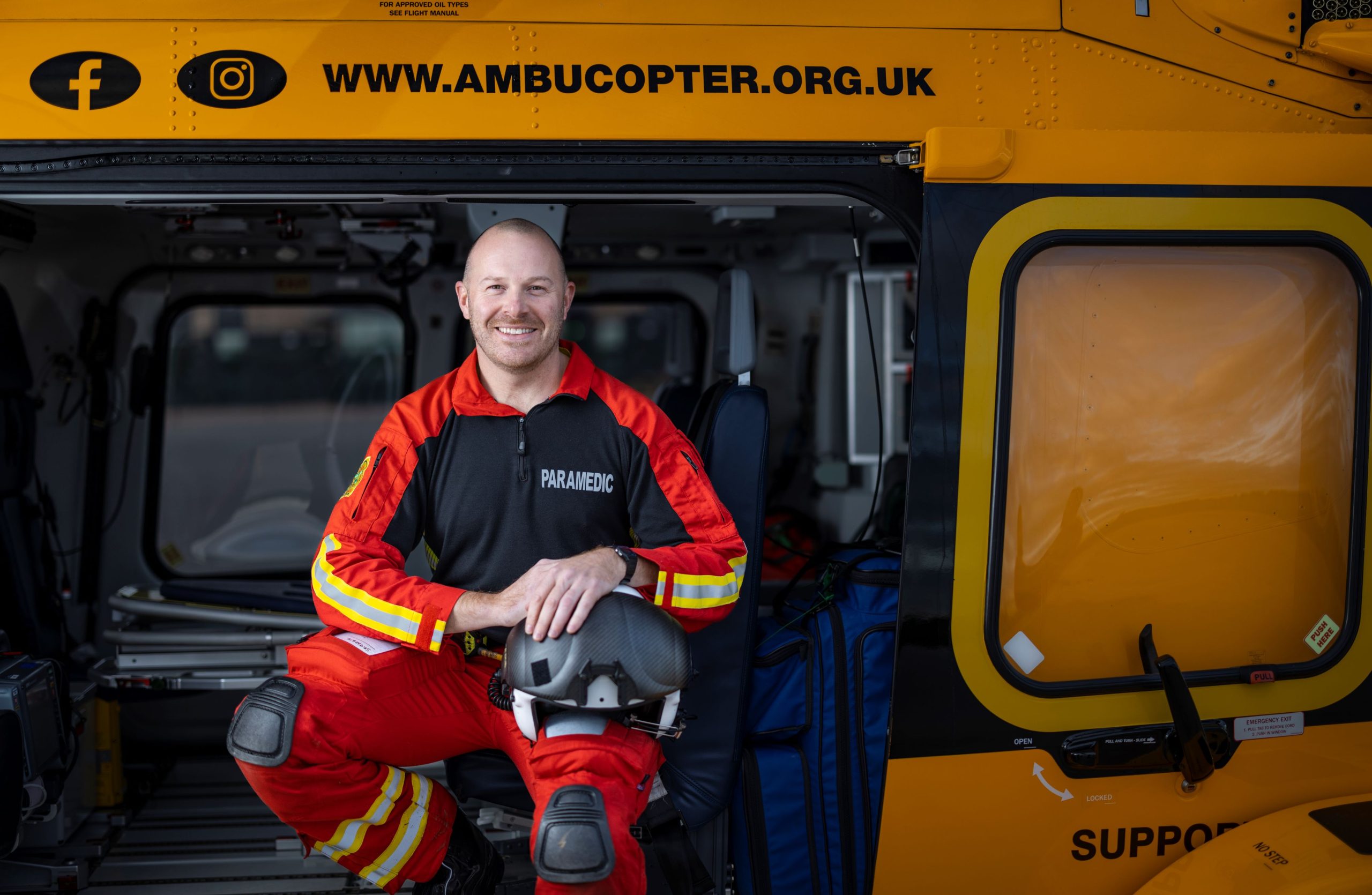
A paramedic’s blog – the experience of riding motorbikes
A little about myself. I have had more than one career but have settled on that of a paramedic. I now work for Lincs and Notts Air Ambulance as a Helicopter Emergency Medical Service (HEMS) paramedic delivering critical care medicine to those who need it. I have also worked as a HEMS paramedic for London’s air ambulance, and as a motorcycle response paramedic on the streets of central London.
Riding motorbikes and pre hospital medicine are two huge components of my life, which have consumed many years and hours of fun, excitement, challenges and some hard learnt lessons. This blog is not instructional, nor formal lessons. It is a collection of my professional experience doing what I love, I hope you find it useful to empower each other to become safer and better riders.
The body!
A confronting situation for any biker is to see one of our kind on the ground when they shouldn’t be! Worse is not knowing what to do. Now there is a lifetime of knowledge out there on this subject but what we’ll cover this month is helmet removal. This, potentially life-saving action can instil confidence in the caregiver and an open airway in the fallen biker.
Helmet removal, when done correctly, is safe and effective but is met with traditional concern that it may cause harm to the rider. The fact is that the helmet will have to come off at some stage, and leaving it on restricts the care giver to gather vital information such as the level of consciousness, but more importantly, the airway. An open airway will save a rider’s life and removing the helmet in a controlled fashion will allow you to do this. Helmet removal can be done as a two-person team, or as a single operator. There are multiple online recourses, and courses demonstrating this easy yet lifesaving technique, go and learn it!
The bikes!
Road positioning is a concept that I was initially ignorant to, and therefore unaware of it’s effectiveness. Until learning this skill I had ridden in a reactive way, heavier use of the breaks and last-minute evasive manoeuvres. Being in the correct position on the road allows you to operate the bike closer to its capability but more importantly, puts you in the optimal position to absorb and process information, early. This is key, because it allows you more time to make decisions. We’ve all been just a bit too close to the back end of a white van, with great views of the hedge, or lamp posts, but zero visibility of what is in front. Holding back and to one side can give you the view that you need to make decisions. Another example that has saved my skin. Positioning all the way over to the left (on UK roads!) when approaching the crest of a hill, this way if the oncoming car is overtaking or running wide you are in the position you need to be to make decisions, and much less likely to be hit. Road positioning is an art and takes discipline, but can transform your ride to be smoother, more efficient and safer.
Until next time, ride safe and have fun.
Cheers, Mick.
